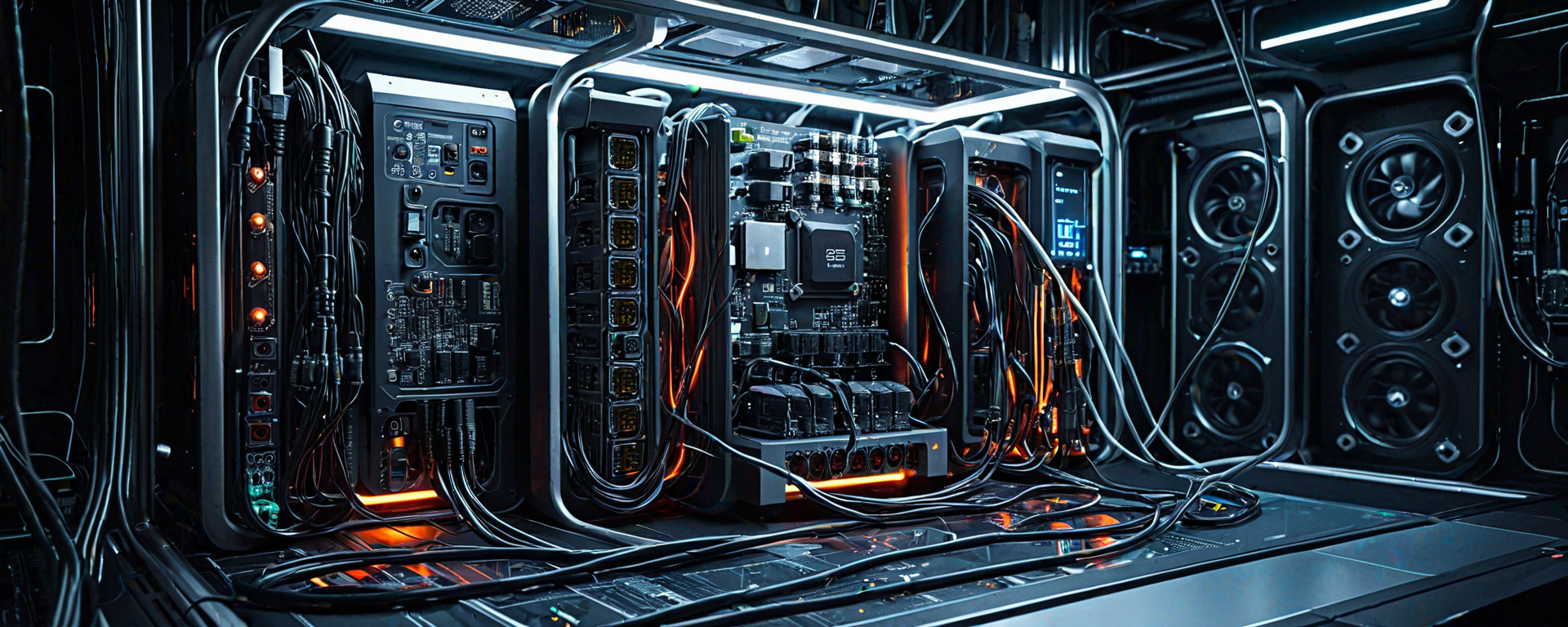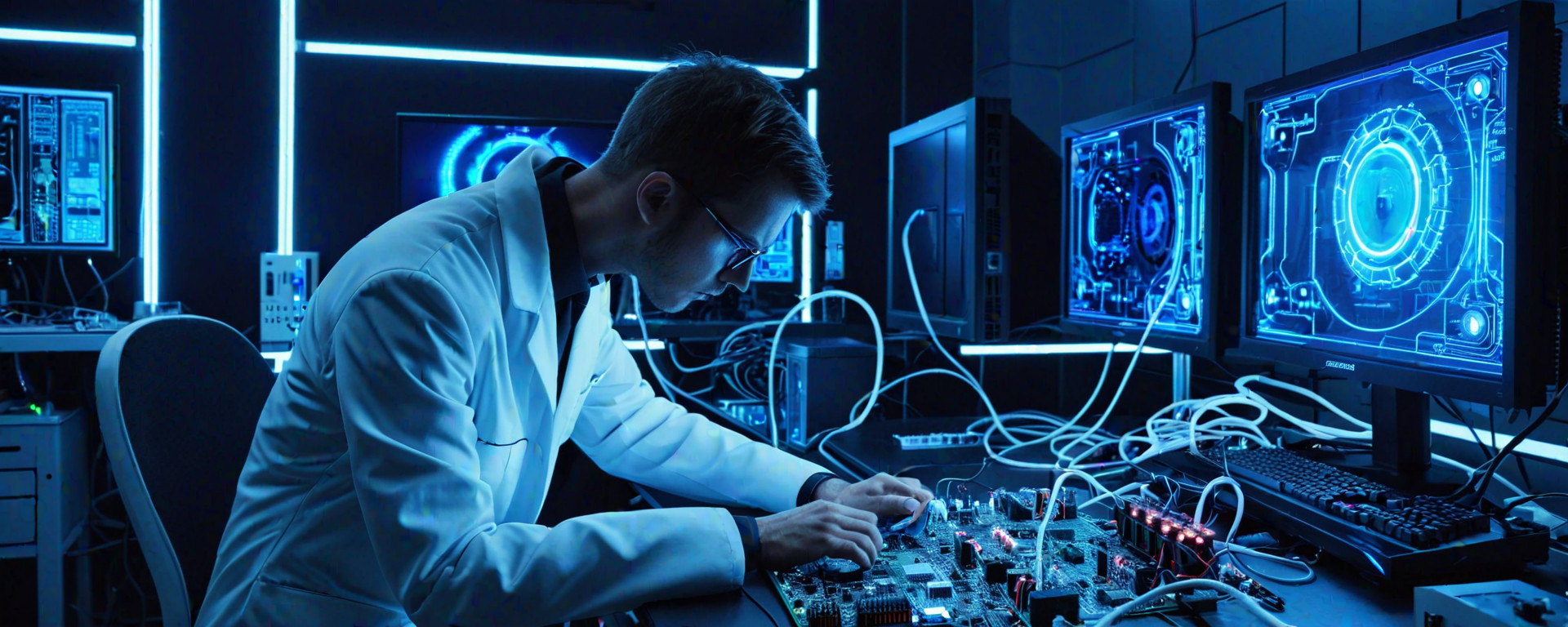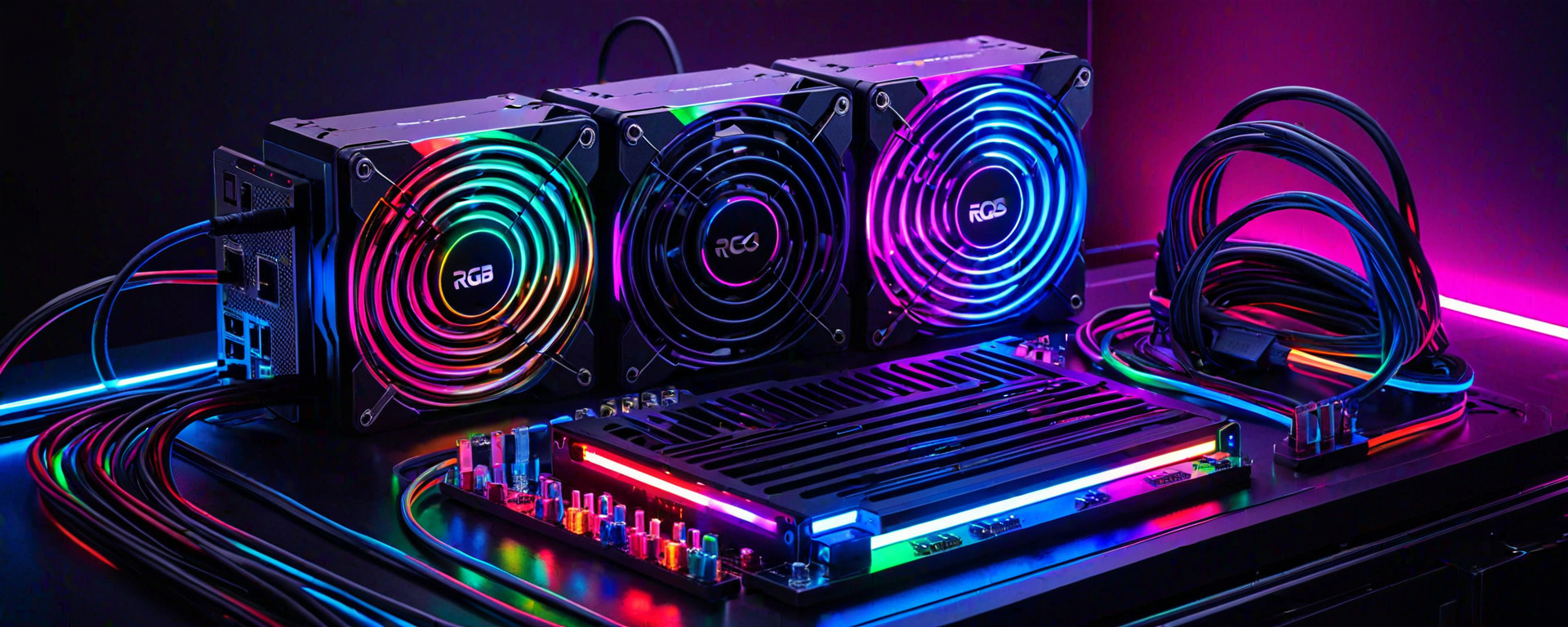Introduction
In the realm of computer hardware, achieving peak performance often hinges on the synergy between a system's central processing unit (CPU) and graphics processing unit (GPU). A mismatch in these components can result in bottlenecks that hinder overall efficiency. This article delves into understanding system bottlenecks, choosing the right CPU for your needs, selecting an optimal GPU, matching CPUs and GPUs effectively, providing performance benchmarks and real-world scenarios, troubleshooting common issues, and offering a comprehensive FAQ section to address frequently asked questions.
The primary objective of this guide is to equip users with the knowledge necessary to optimize their systems by pairing compatible processors and graphics cards that deliver exceptional performance. Whether you are building a gaming rig, a workstation for heavy workloads, or simply upgrading an existing system, understanding how these components interact is crucial.
Understanding System Bottlenecks
A bottleneck in computer hardware refers to a situation where one component restricts the performance of other parts of the system. In the context of CPU and GPU pairing, a bottleneck occurs when one unit cannot keep up with the demands placed on it by its counterpart.
Identifying Bottlenecks
To identify bottlenecks in your system, consider several factors:
- Workload Analysis: Assess what tasks you will be running and their requirements. For gaming, focus on GPU performance; for rendering or video editing, CPU power is crucial.
- Benchmark Scores: Use benchmark tools to measure the performance of your current components against known standards.
- Resource Monitoring Tools: Utilize software like Task Manager, HWMonitor, and MSI Afterburner to monitor real-time resource utilization.
Choosing the Right CPU for Your Needs
Selecting the appropriate CPU is a foundational step in building or upgrading your system. The choice of processor should align with your intended workload and budget constraints.
Gaming Requirements
- Multithreading: Modern games benefit from CPUs with high core counts and multithreading capabilities, such as Intel's Core i7-10700K or AMD’s Ryzen 5 3600X.
- Caching Performance: A strong L2/L3 cache improves performance in single-threaded applications. The Intel Core i9-10900K and AMD Ryzen 9 5900X offer robust caching solutions.
Workstation Needs
For workstations, focus on CPUs optimized for heavy tasks such as video editing or 3D rendering:
- ECC Memory Support: Error-correcting code memory prevents data corruption in long-running applications. Intel’s Xeon series and AMD's Threadripper Pro support ECC.
- Highest Core Count: More cores equate to better performance in multi-threaded tasks. Consider the AMD Ryzen Threadripper 3970X or Intel Xeon Gold 5218 for maximum core count.
Selecting an Optimal GPU
The choice of GPU is equally critical, especially considering its direct impact on visual performance and application-specific workloads:
Gaming Performance
- Ray Tracing Support: For modern games, GPUs with dedicated ray tracing hardware like the NVIDIA GeForce RTX 3080 or AMD Radeon RX 6900 XT are preferred.
- Memory Bandwidth and Size: High-speed memory (GDDR6) is essential for gaming performance. The NVIDIA GeForce GTX 1660 Super offers generous VRAM capacity at a lower price point.
Workstation Capabilities
In workstations, GPUs are critical for tasks like rendering and simulation:
- Professional Certification: Cards certified by major software vendors (e.g., AutoCAD certification) ensure compatibility and performance in professional environments.
- HBM2 Memory: High Bandwidth Memory 2 offers faster data transfer rates, crucial for demanding workloads. The AMD Radeon Pro W6800X is an excellent choice here.
Matching CPUs and GPUs Effectively
To ensure your system runs at peak efficiency without bottlenecks, consider the following:
Evaluating Compatibility
- Motherboard Support: Ensure both CPU and GPU are compatible with your motherboard's chipset.
- Power Supply Requirements: Verify that your PSU can deliver adequate power to support demanding components like the Intel Core i9-10980XE and NVIDIA RTX 3090.
Balancing Performance and Cost
Finding a balanced configuration is crucial for optimal performance:
- Mid-Tier Components: Opt for mid-range CPUs like the AMD Ryzen 7 5800X paired with a high-end GPU such as the NVIDIA RTX 3060 Ti.
- Budget Constraints: For budget-conscious builds, consider a combination like the Intel Core i5-12400 and NVIDIA GTX 1650 Super for a cost-effective solution.
Benchmarking Your System
Regular benchmarking helps in assessing system performance and identifying potential bottlenecks:
- CPU Benchmarks: Use tools like Cinebench, Geekbench to evaluate CPU performance.
- GPU Benchmarks: Run benchmarks such as 3DMark or Unigine Heaven for GPU testing.
Troubleshooting Common Issues
Several issues can arise when pairing CPUs and GPUs. Here are some common troubleshooting tips:
- Overheating: Ensure proper cooling solutions; water cooling setups like the Corsair Hydro Series H100i Pro or air coolers like Noctua NH-U12S can prevent overheating.
- Driver Compatibility: Keep your drivers up-to-date. NVIDIA and AMD regularly release updates that improve compatibility and performance.
Conclusion
Selecting the right CPU and GPU combination is crucial for achieving optimal system performance. Understanding your workload, evaluating component compatibility, and conducting regular benchmark tests will help you build or upgrade a system tailored to your needs without encountering bottlenecks.
Whether you're gaming at high resolutions with advanced graphics features enabled or handling demanding workloads like 3D rendering and video editing, choosing the right components is key. By following these guidelines, you can ensure that your system runs smoothly and efficiently for many years to come.
This HTML document provides a comprehensive guide on selecting appropriate CPUs and GPUs for different use cases (gaming vs workstation needs), evaluating compatibility, balancing performance with budget constraints, and troubleshooting common issues. It aims to help users make informed decisions when building or upgrading their systems.








